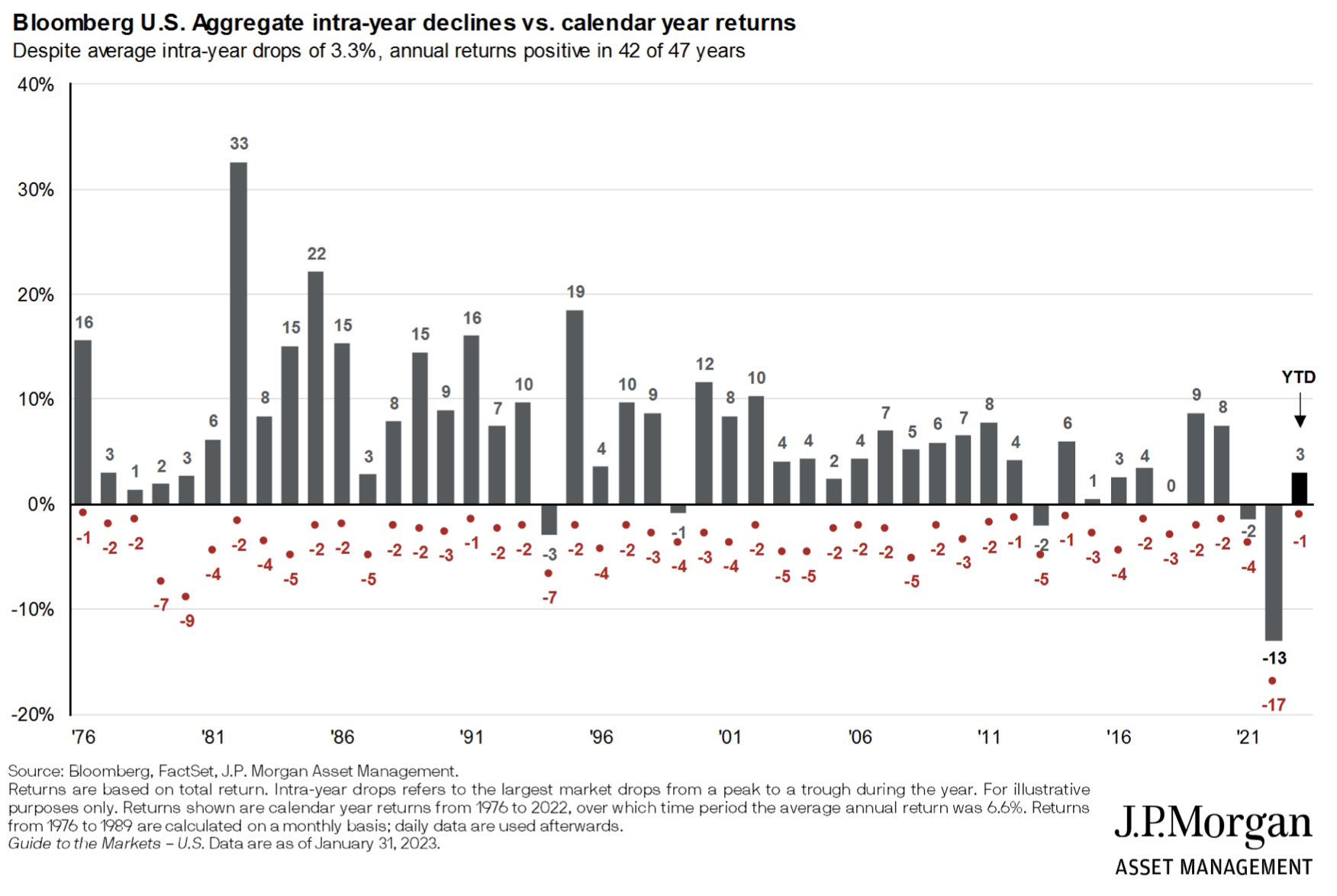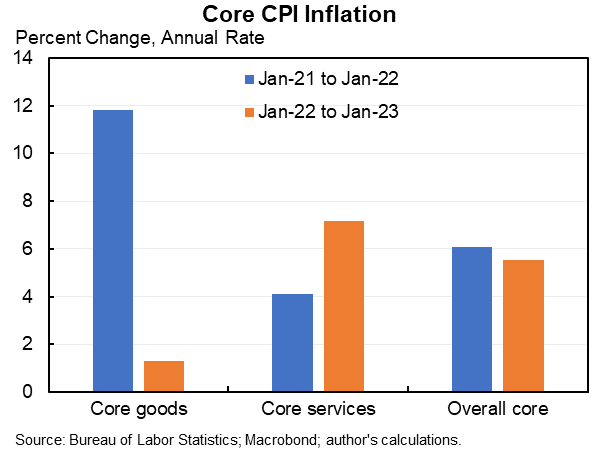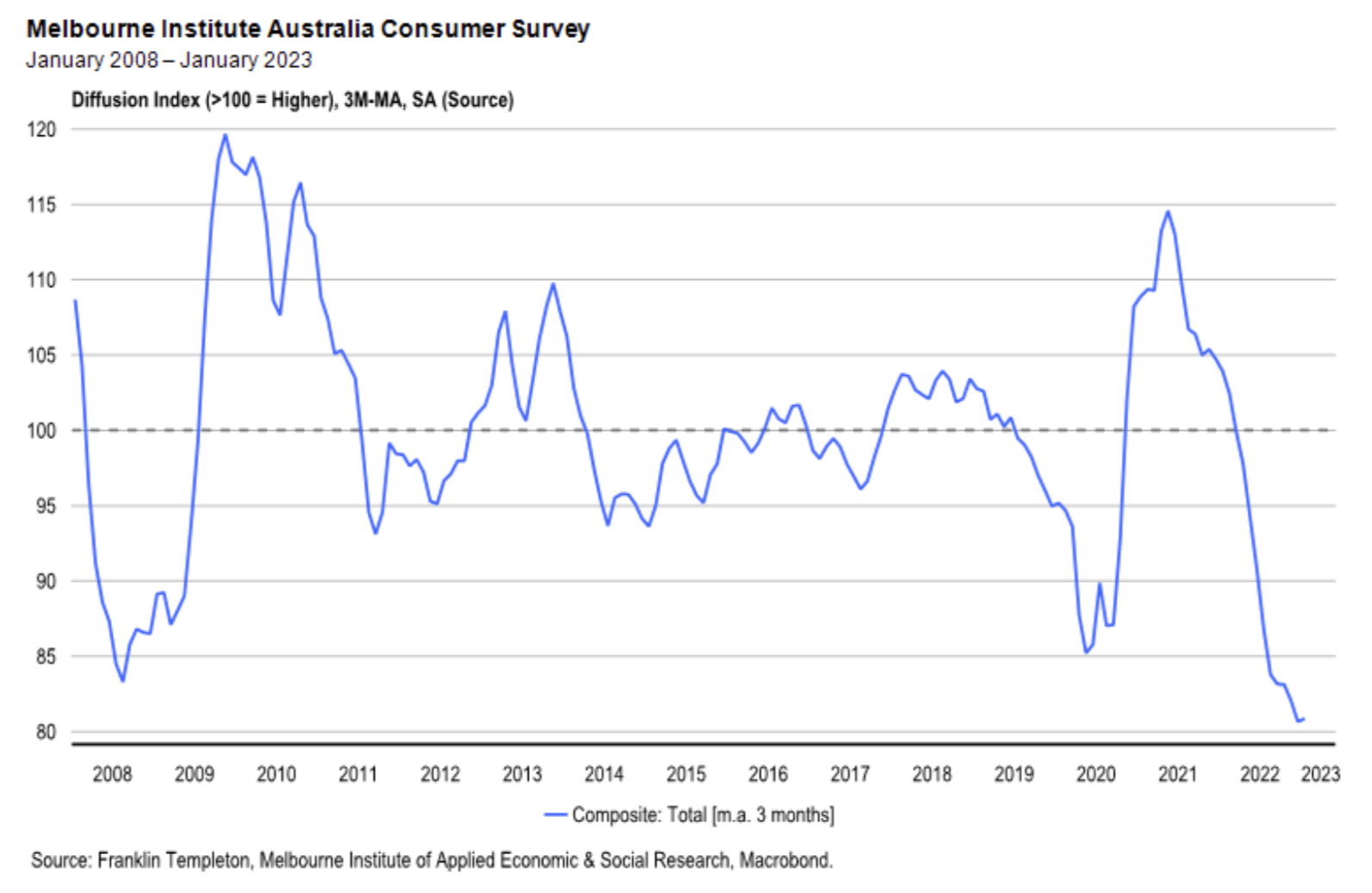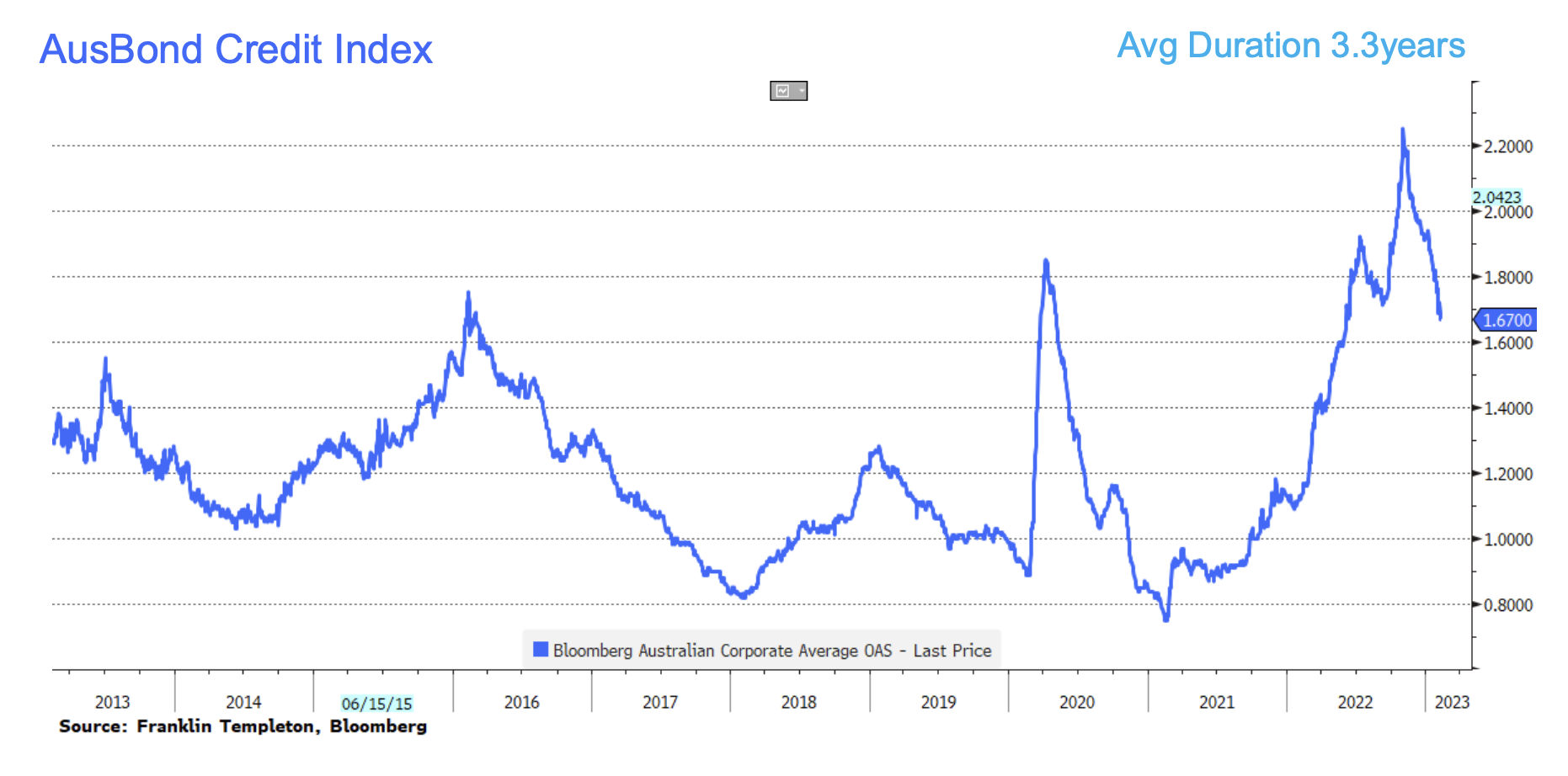Why a golden era in fixed income is coming (and the assets Franklin Templeton likes)
2022 was a bad year in fixed income. How bad? Worst in history bad.
The Bloomberg US Aggregate Bond Index finished the year down 13% with an intra-year decline of -17%. Worst year on record, and records started in the 70s.
If you respond better to graphical representation, here it is. The black lines are the yearly return, and the red dots represent the greatest intra-year falls.

It was a similar story at home.
The S&P Australia Aggregate Bond Index lost a whopping -16.09%. Worst year since records began in 1990.
The chief antagonist in all this is, of course, inflation. (And if you want to pick it apart further, quantitative easing, free money, COVID stimulus and all the rest of it.)
But as the saying goes, the night is darkest just before the dawn.
Year to date, the Bloomberg Agg has returned 1.23%, while the Aussie index is up 6.9%.
"Conditions this year are diametrically opposed to a year ago," says Andrew Canobi, Director of Fixed Income at Franklin Templeton.
"Inflation has peaked, growth is decelerating, and yields are already high as central banks have already done a lot of the tightening."
This week I tuned in to a Franklin Templeton webinar to hear Canobi and his colleague Chris Siniakov describe the current state of play and how they're investing in light of it. Some of the key takeaways you'll find below.
Picking apart the devil
Most of the culprits driving goods inflation have rolled over. But services inflation remains stubborn - as strikingly represented in the chart below, which shows the year change of the two:

Whereas US goods inflation has fallen precipitously, services inflation has almost doubled. Over the 12 months, it washes out to a slight decrease in overall inflation.
The good news is that inroads are being made to sink consumer demand.
"Consumers are starting to respond [to tightening]," says Canobi. "Australian consumer sentiment is at its worst level since the 1990s.

"The RBA’s hawkish turn is sending shockwaves into the living room. Borrowing capacity for homebuyers could be down as much as 35% from the rate hikes alone."
That's the 'good' news.
The bad news is that the inflation remains a long way from the RBA's 2-3% target.
"It’s too early for the market to be seriously contemplating rate cuts, but when rates are as restrictive as they are, there are not an insignificant number of commentators predicting rate cuts in 2023/2024," says Canobi.
Yield is back
Income has returned to the bond market.
"We now have a yield in our portfolio of around 4.5%. This time last year, that was barely 1.5%. As yields rose last year they eroded the starting yield of investment portfolios."
Capital gain will also join the party, but not until rates ease.
"Longer term bond yields will come down eventually, but we are still at the transition point of a tightening cycle," says Siniakov.

Franklin Templeton have been adding investment grade corporate credit to the portfolio.
"We’re now seeing new issues from very high quality borrowers – major banks for example. We’ve been buying bonds with coupons in the 6.3-6.7% area," says Canobi.
"As we add those bonds into the portfolio, we’re increasing the aggregate level of coupon income in the fund. But we’re also taking advantage of spreads that are still wide. You’re mostly dealing with spread volatility, but you’re earning 200bps plus above a government bond, for not much additional risk. Adding to that, we’re now seeing an attractive level of compensation relative to where the cash rate is."
So that's the type of bond and what they have to offer. What about the duration?
Franklin Templeton's portfolio is concentrated in the short end of the market.
"Yield curves are quite flat," notes Siniakov.
In simple terms, that means you're not getting compensated for taking on more duration.
"Government bond yield at the 3-year point is at 3.5%, while the 10-year is about 3.8%."
Never miss an insight
Enjoy this wire? Hit the ‘like’ button to let us know. Stay up to date with content like this by hitting the ‘follow’ button below and you’ll be notified every time we post a wire.
Not already a Livewire member? Sign up today to get free access to investment ideas and strategies from Australia’s leading investors.
2 contributors mentioned

